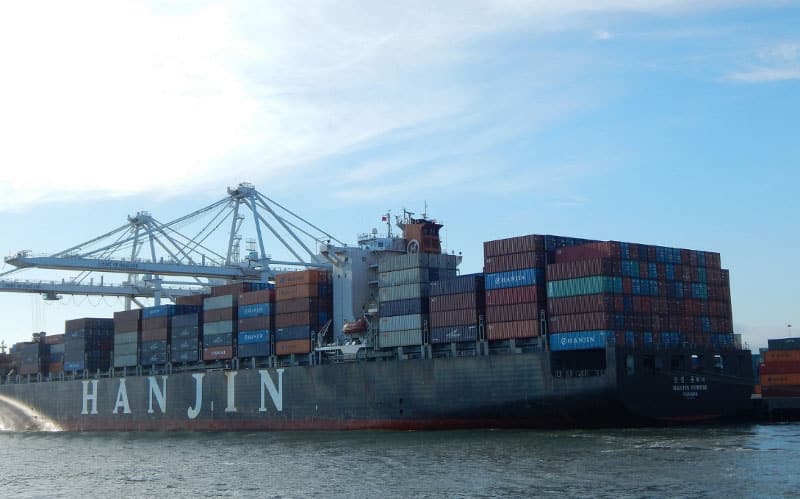South Korea’s Hanjin Shipping Company filed for bankruptcy protection on August 31, leaving shippers with more questions than answers. Hanjin, the world’s eighth largest container company with a significant presence in the U.S. and internationally, reported that 540,000 containers filled with $14B in cargo will face delays in transit and cause disruption throughout the supply chain (The Wall Street Journal). As the industry reacts and works through solutions, and finds and applies the lessons learned, shippers should expect to see some immediate impacts, along with some ripple effects that will emerge over time.
Tightened Capacity on Container Vessels
While ballooning capacity in the post-Panamax era has kept prices so low that it helped drive Hanjin and others to insolvency, the instant loss of more than 3 percent of the world’s shipping capacity and the need to quickly reroute freight in time for the upcoming holidays have increased demand for available space. Shippers are experiencing frequent rolled bookings and paying rate premiums of up to 50 percent to guarantee cargo space on ocean vessels, although experts predict prices to normalize within about 45 days (SDC Executive).
Shipment Delays & Port Bottlenecks
Ships in transit from Asia to the U.S. are at risk of being impounded and their shipments seized by Hanjin’s creditors. Eight ships have already been seized to date. Those that do make it to U.S. ports may find themselves unwelcome and potentially turned away for nonpayment (or anticipated nonpayment) of port charges.
Much of the already-delivered cargo is sitting idle at ports, as port handlers are refusing to move shipments until they know they will be paid. As a result, ports are bottlenecked, nearby warehouses are filling up fast, and shippers are facing costly delays (The Wall Street Journal).
Ripple Effects on Over-the-Road & Intermodal Carriers
Inland carriers—both truckload and intermodal—are also experiencing confusion and frustration, and following varied approaches to dealing with the lack of guaranteed payment. Like port handlers, some are refusing Hanjin shipments while some are shifting responsibility for added fees to shippers and others in the supply chain. More challenges ahead include:
- Chassis shortages as long as Hanjin containers remain unloaded
- Freight influxes during the peak holiday season as delayed shipments arrive at U.S. ports
- Further demand (and possibly price) increases for truck and rail capacity
- Growing need for expedited transportation solutions
Impact on Shippers & Retailers
Shippers and retailers face particularly troubling issues as the peak holiday season nears. In order to fill store shelves on time, shippers and retailers will have little choice but to absorb the extra costs of getting Hanjin containers released and re-booked, and cargo transloaded to other carriers. These unplanned expenditures will hurt sellers at a time when they need to make a large percentage of their annual sales and when competition in the online marketplace has already compressed margins razor thin. In fact, the outlook for this holiday season is so negative, the Retail Industry Leaders Association has asked the U.S. government for help working with ports to resolve Hanjin-related problems and keep freight moving (The Wall Street Journal).
What Actions Should Affected Shippers Take?
If you are a shipper affected by the Hanjin bankruptcy, time is of the essence. To protect your company’s interests, take the following four steps now:
- Monitor the Hanjin bankruptcy proceedings to assess impacts to your business as they unfold.
- Explore alternative shipping arrangements—including other ocean vessels, air, trucking, and rail.
- Review or create contingency plans to address your organization’s specific concerns.
- Conduct a thorough review of your current carriers’ capabilities. If they aren’t able to handle challenges caused by the Hanjin bankruptcy proceedings, consider diversifying your carrier mix to mitigate risk.

